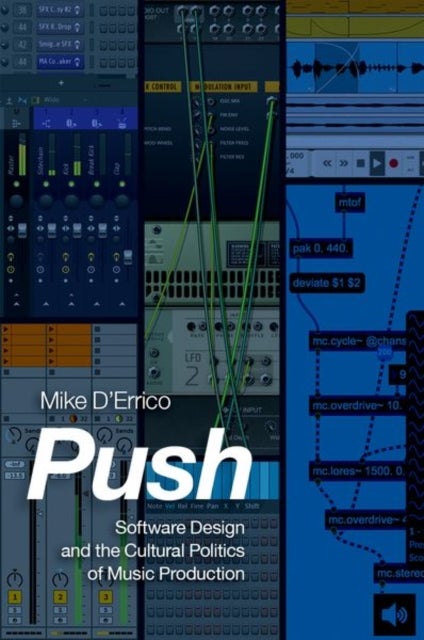
Push av Mike (Assistant Professor of Music and Computer Science Assistant Professor of Music and Computer Science Albright College) D'Errico
399,-
Push: Software Design and the Cultural Politics of Music Production shows how changes in the design of music software in the first decades of the twenty-first century shaped the production techniques and performance practices of artists working across media, from hip-hop and electronic dance music to video games and mobile apps. Emerging alongside developments in digital music distribution such as peer-to-peer file sharing and the MP3 format, digital audio workstations like FL Studio and Ableton Live introduced design affordances that encouraged rapid music creation workflows through flashy, "user-friendly" interfaces. Meanwhile, software such as Avid''s Pro Tools attempted to protect its status as the "industry standard," "professional" DAW of choice by incorporating design elements from pre-digital music technologies. Other software, like Cycling 74''s Max, asserted its alterity to "commercial" DAWs by presenting users with nothing but a blank screen. These are more than just aesthet








